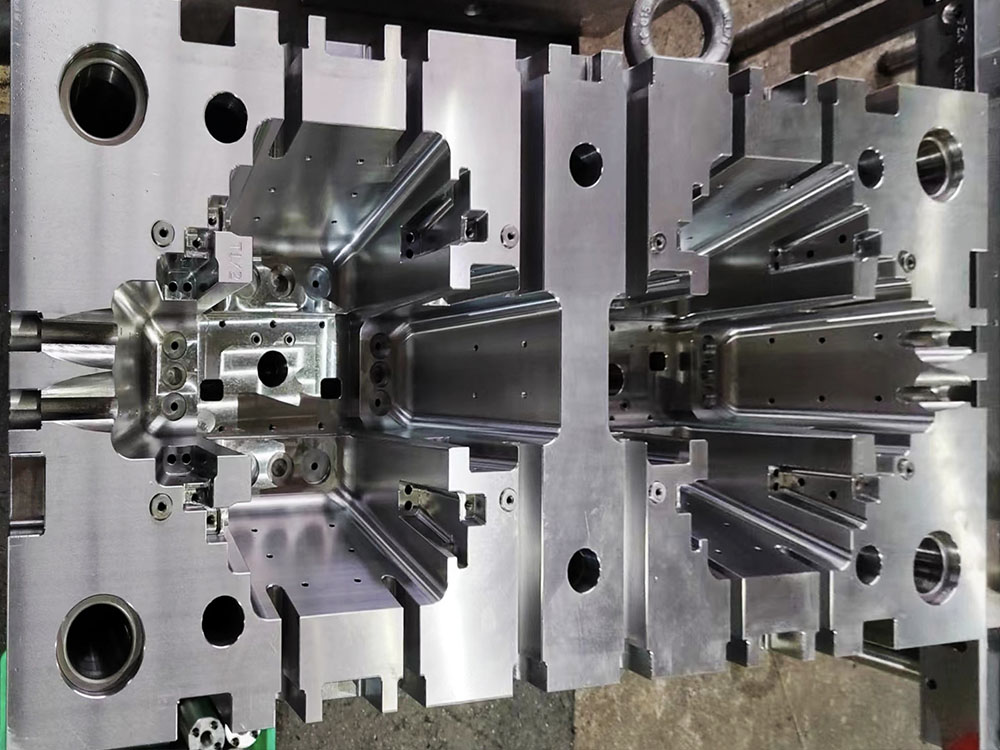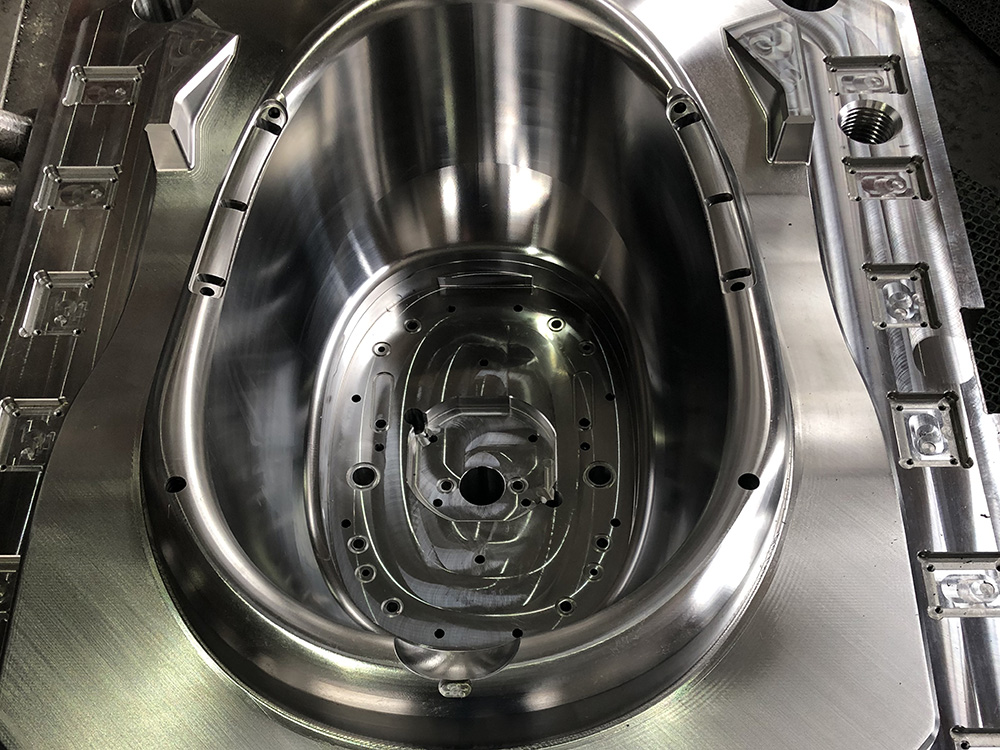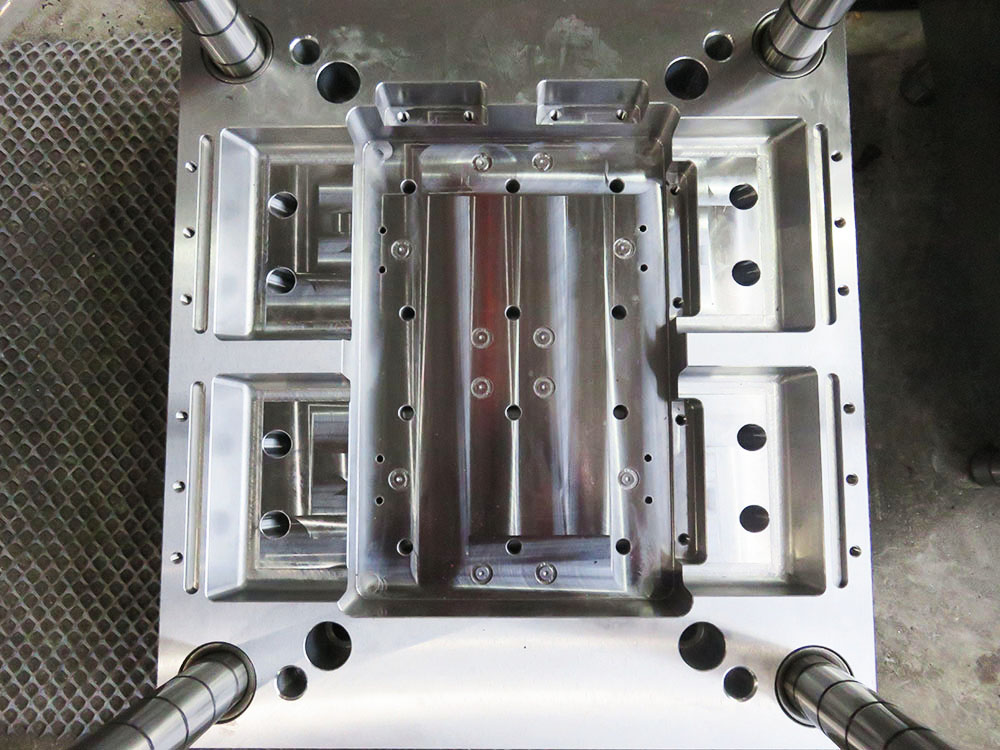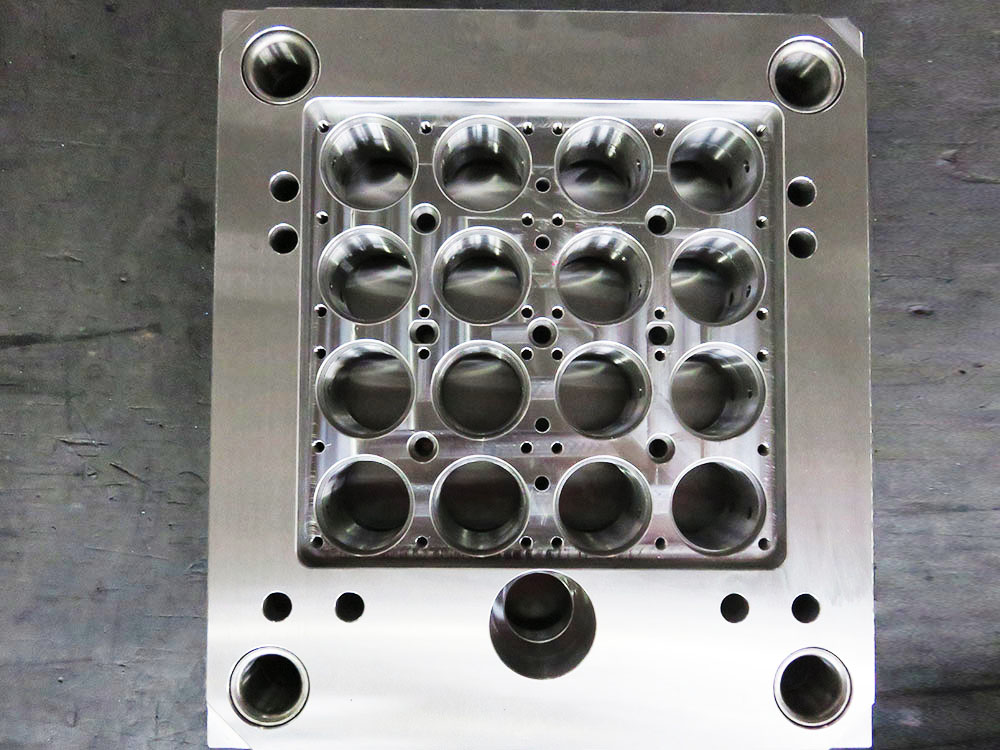Mold and die technology is a multifaceted field that plays a fundamental role in the manufacturing industry. It bridges the gap between design and production, allowing for the precise replication of components and products across various industries. In this comprehensive guide, we will explore the entire journey of mold and die technology, from the initial design and engineering phase to the production of high-quality tools, and finally to their application in manufacturing.
Design and Engineering
The journey of mold and die technology commences with the design and engineering phase. This stage is foundational and requires meticulous planning and expertise. The key aspects of this phase include:
-
Specifications and Requirements: Clear specifications and requirements are defined, considering the intended application, material type, tolerances, and production volume.
-
CAD Modeling: Computer-Aided Design (CAD) software is used to create a detailed 3D model of the mold or die. This model serves as the blueprint for the entire process.
-
Simulation: Simulation tools are employed to analyze the design, ensuring that it meets the desired performance standards and can be manufactured feasibly.
-
Material Selection: Selecting the appropriate material is a critical decision. Factors such as the intended application, material properties, and cost are considered.
Machining and Production
Once the design and engineering phase is complete, the actual production of the mold or die takes center stage. This phase involves precision machining and fabrication, encompassing various essential steps:
-
Milling and Machining: Specialized machinery and skilled operators transform raw materials, such as steel or alloys, into the desired tool shape. Precision milling, turning, and grinding are often used.
-
Heat Treatment: Thermal processes are employed to enhance the hardness and durability of the tool. Heat treatment can significantly affect the tool's performance and longevity.
-
Surface Finishing: Achieving the desired surface finish is crucial for the quality of the final product. Polishing, coating, and other techniques are utilized to meet specific requirements.
Application in Manufacturing
The final stage in the journey of mold and die technology is the application of these tools in manufacturing processes. They become the workhorses of production, enabling the creation of precise components, products, and parts. Mold and die technology is widely used in various industries, including:
-
Automotive: Molds and dies are instrumental in producing engine components, body panels, and other automotive parts with precision.
-
Consumer Goods: Items like plastic containers, toys, and electronics rely on molds and dies for consistent quality and replication.
-
Aerospace: High-precision components in the aerospace sector depend on molds and dies for safety and performance.
-
Medical Devices: Medical instruments and devices demand precision molding to ensure patient safety and effectiveness.
-
Electronics: Circuit boards and electronic components are manufactured using molds and dies, ensuring reliability in electronic products.
-
Custom Manufacturing: Mold and die technology plays a vital role in custom and prototype manufacturing across diverse fields.
Conclusion
Mold and die technology is a comprehensive and essential process that bridges the gap between design and production in manufacturing. From the initial design and engineering phase to precision machining and the final application in various industries, this technology underpins the production of countless products. It is a testament to human ingenuity, allowing manufacturers to achieve precision, quality, and consistency in an ever-evolving market. The journey of mold and die technology represents a critical link in the manufacturing chain, enabling innovation and meeting the demands of today's industries.




